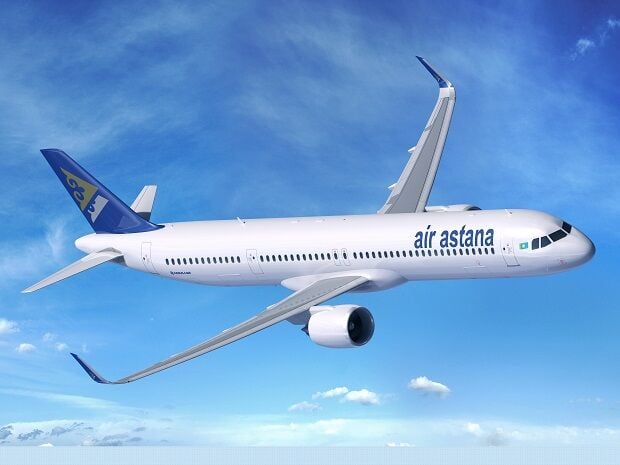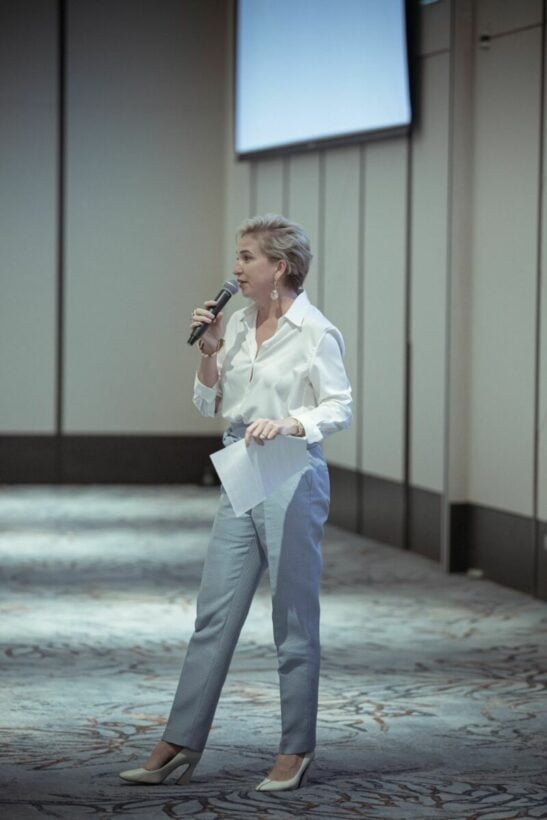Bridge over troubled waters for Thailand-bound Russian snowbird tourists

Russian travellers have ritually sought out islands in the tropical sun since the demolition of the Berlin Wall in 1989. Hellbent on escaping bitterly cold winters, these snowbirds in the lead-up years to the pandemic became the second largest international source market for Phuket’s mass market tourism surge.
Now, coming out of the pandemic in the age of a return to travel, the Russian-Ukrainian crisis has made tourists and airlines from Russia unwelcome in many parts of the world. Connecting Russia to Phuket has become an increasingly difficult proposition with most travellers transiting the Middle East on Emirates, Qatar, and Etihad or via Istanbul with Turkish Airlines.
Thai Airways International has not been flying to Moscow for quite some time and Singapore Airlines discontinued service earlier in the year. Aeroflot announced the resumption of daily direct flights between Moscow and Phuket on 30th October 2022, though at last check was still awaiting final government clearance.
As the resort island waits and wonders about the upcoming high season, with its formerly ‘go to’ Mainland Chinese market unable to travel internationally, there is still a sense of uncertainty in the air. I often coin the term ‘you can’t stay there if you can’t get there’, and that is exactly the conundrum Russian travellers face this winter.
Some of the evolving alternative gateways to Phuket this coming winter season confound the common logic that the shortest distance between two points is a direct line. The former Soviet country of Kazakhstan has grown into a popular Central Asian hub with direct flights to Phuket on Air Astana and possible winter charters on SCAT and Sunday Airlines’.
Turkey remains in the picture where Mavi Gok Aviation who is part of the Anex Tour group is looking to create a hub in Antalya and fly to popular holiday destinations in Thailand, Mexico, and the Dominican Republic. Turkish package tour operators continue to be a force to be reckoned with in mass tourism markets.
One of the more obscure upcoming options is via Laos where Ural Airlines has made public plans to fly from Vladivostok Siberia to Vientiane. From there Thai AirAsia connects to the locations in Thailand via Bangkok.
In a continuing storyline, a number of Russian airline carriers are on the EU’s air safety list and unable to operate within the European Union due to international safety concerns as a result of a ban on spare parts and equipment. This situation is exasperated given the United States sanctions on Russia that impact Boeing aircraft, which are used by many Russian carriers. So it could best be summed up that Southeast Asia is positioned as a ‘safe haven’ for Russian overseas holidaymakers.
Speaking to Olga Kurmakaeva who is Deputy Managing Director of tour operator Exotic Voyage in Phuket, she weighs in on the situation with “there are two main challenges for Russian travellers. The first is the cost of airfares which pre-COVID were between USD700-900 and now with few seats available has surged as high as four to five times that amount.

On the flip side, demand is strong and those who can afford higher airfares are snapping up tickets through any available route. The main impact on hotel bookings is the average length of stay which used to be nine to ten days, but is now being pushed up to fifteen as travellers rationalize the trip cost and look to stay longer.”
In the final analysis, there is no doubt that Russians will continue to be a top high-season source market for Phuket. But, the reality for island hotels and tourism businesses is that the volume will be severely impacted by considerably less airlift. Realistically, until that situation improves, this looks to be a winter of discontent for many Russian snowbirds who are unable to get airline seats and won’t find their place under the sun, not at least this season.
Latest Thailand News
Follow The Thaiger on Google News:


























